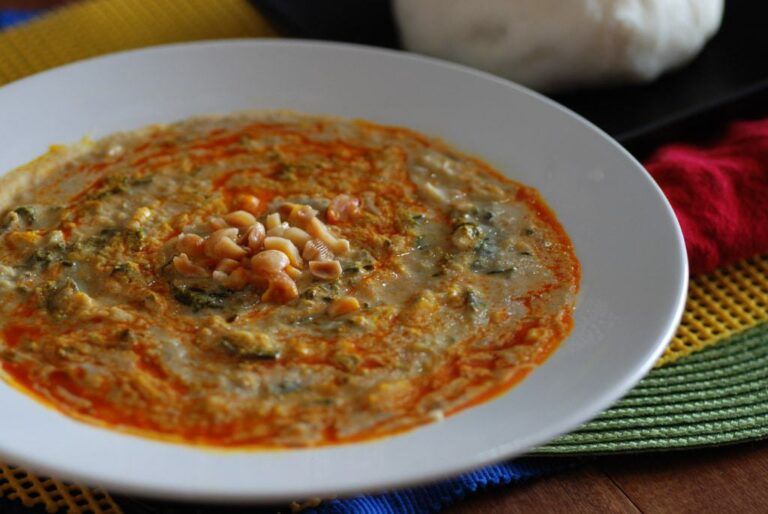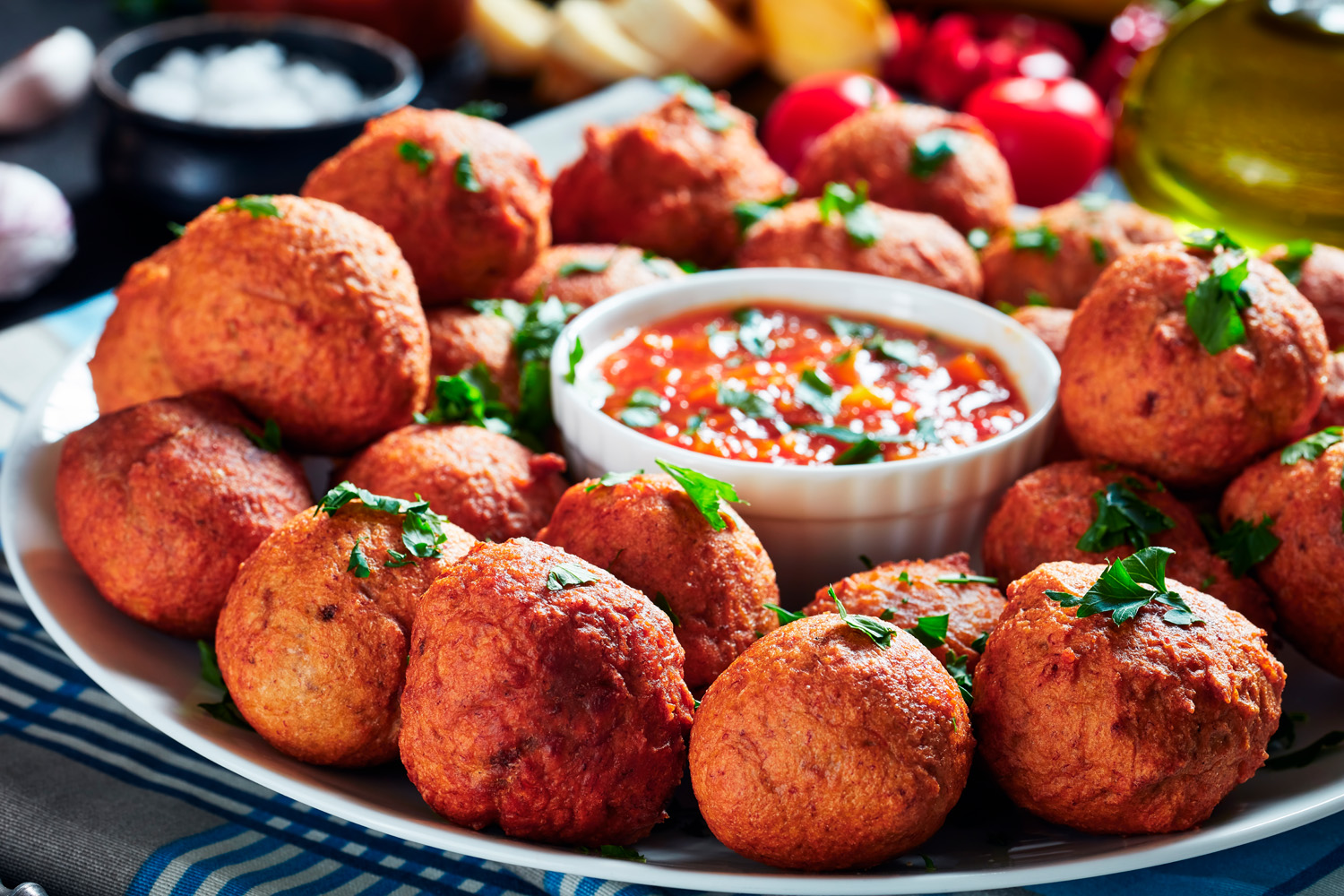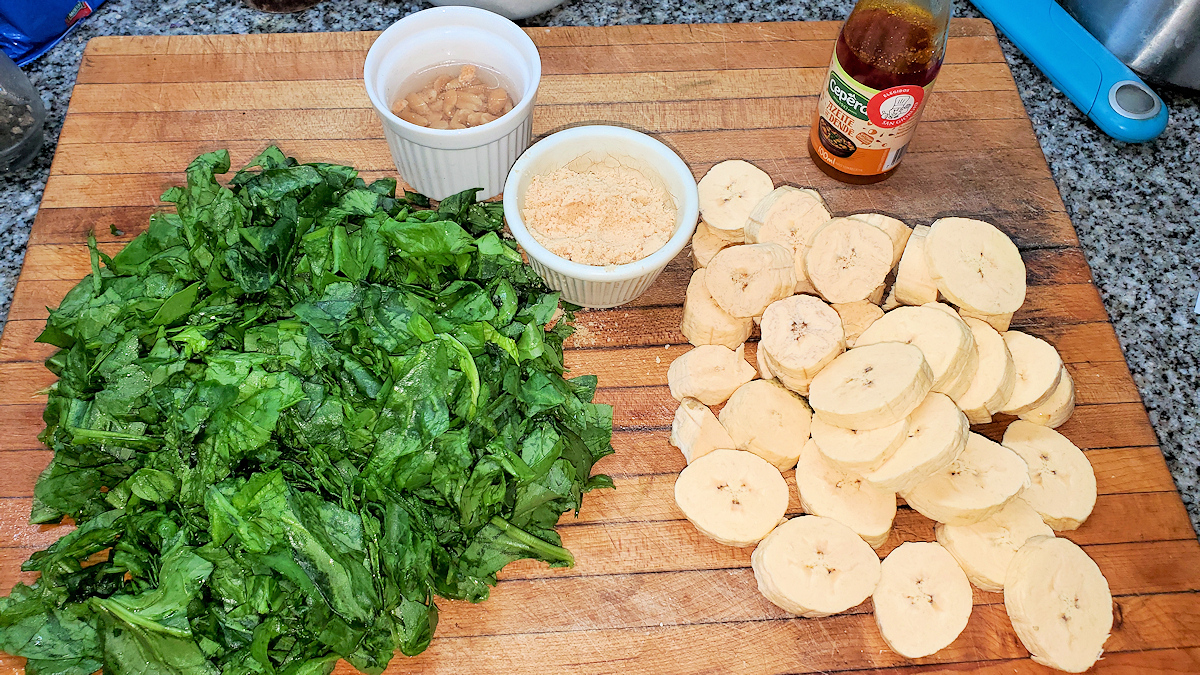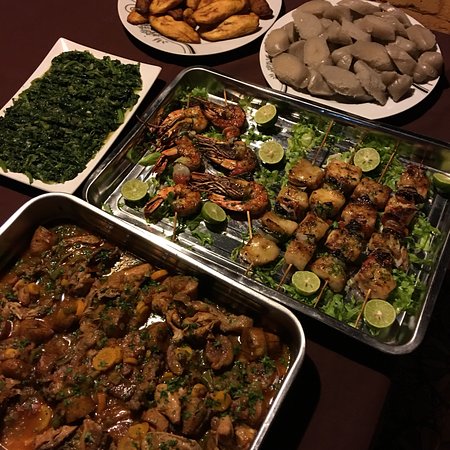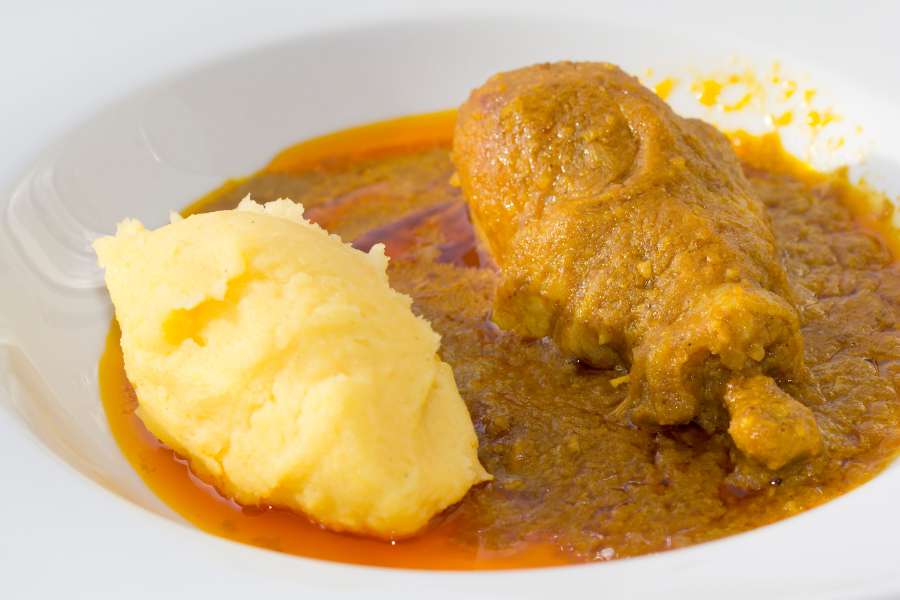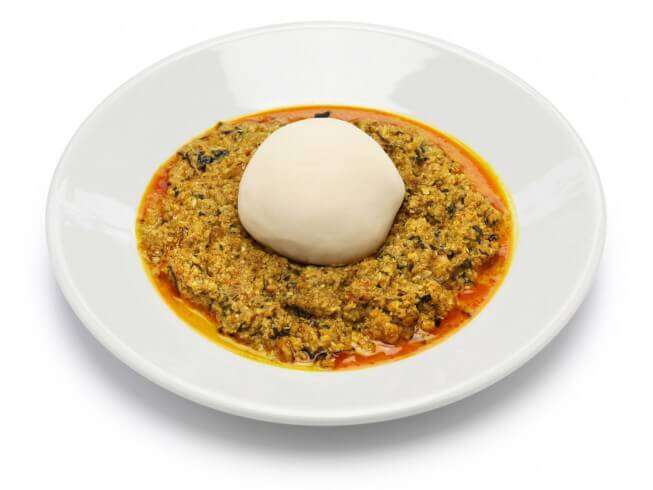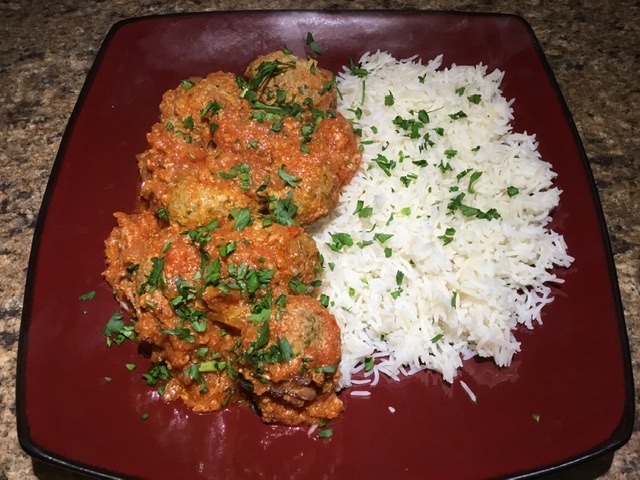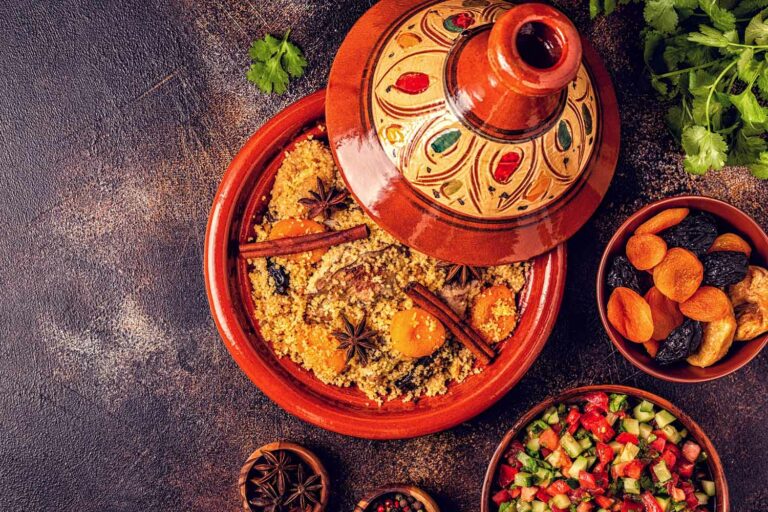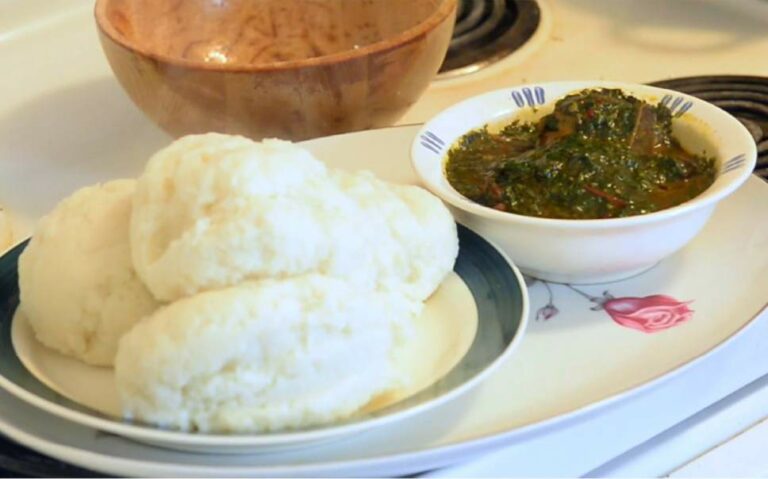Introduction
Central African Republic cuisine is a unique blend of African, European, and Arabic influences. The country is landlocked and has a tropical climate, which heavily influences its cuisine. Central African Republic cuisine is known for its use of local ingredients and spices, which give it a distinct flavor. In this article, we will explore how Central African Republic cuisine differs from other African cuisines and what sets it apart.
Influences on Central African Republic cuisine
Central African Republic’s cuisine has been influenced by its neighbors, including Chad, Cameroon, and the Democratic Republic of Congo. French and Arabic influences are also evident in the country’s cuisine, due to its history of colonization and trade with Arab countries. The use of spices and herbs, such as garlic, ginger, and hot peppers, is common in Central African Republic cuisine.
Staples and common ingredients
Central African Republic cuisine features a variety of starchy staples, such as cassava, plantains, and yams. Rice and maize are also commonly used. Protein sources include beef, chicken, goat, and fish, while vegetables such as okra, eggplant, and tomatoes are used in stews and soups. Central African Republic’s cuisine also features a variety of spices and herbs, including chili peppers, ginger, garlic, and coriander.
Traditional Central African dishes
One of the most popular dishes in Central African Republic is “maboké,” which is a slow-cooked stew made with smoked fish, vegetables, and spices. Another popular dish is “saka-saka,” which is a dish made of cassava leaves that are boiled and mashed, then cooked with spices and meat. “Kanda ti nyma” is a dish of goat meat cooked in a tomato and onion sauce.
Regional variations in Central African cuisine
Central African Republic’s cuisine varies by region, with different dishes and ingredients used in different parts of the country. In the north, dishes may feature more wheat and millet, while in the south, cassava and yams are more common. In the east, dishes may feature more rice and beans.
Comparing Central African Republic cuisine to West African cuisine
Central African Republic cuisine shares some similarities with West African cuisine, such as the use of starchy staples, spices, and herbs. However, Central African Republic cuisine features more smoked and dried fish compared to West African cuisine, which often uses fresh fish. West African cuisine also features more peanut-based sauces, while Central African Republic cuisine relies on tomato-based sauces.
Comparing Central African Republic cuisine to East African cuisine
Central African Republic cuisine also differs from East African cuisine, which often features more Indian and Arabic influences. East African cuisine also relies more heavily on coconut milk and spices such as turmeric and cardamom. Central African Republic cuisine features more smoked and dried meat and fish, while East African cuisine often features grilled and roasted meat.
Conclusion: What sets Central African Republic cuisine apart?
Central African Republic cuisine is a unique blend of African, European, and Arabic influences. Its use of local ingredients, spices, and herbs give it a distinct flavor that sets it apart from other African cuisines. While it shares some similarities with West African and East African cuisines, Central African Republic cuisine has its own distinct dishes and regional variations.

